Ken Ware, NeuroPhysics Therapy Institute and Research Centre, Australia
Did the patient genetically inherit their complex psychophysical pathological condition/s or are they simply adopting and/or mirroring other members of their family who have the complex psychophysical condition that the patient is exhibiting? Over several decades it has been f [....] » Read More


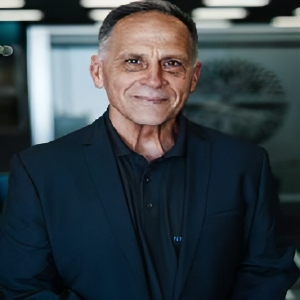
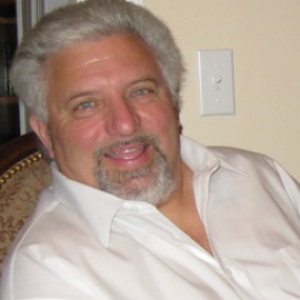



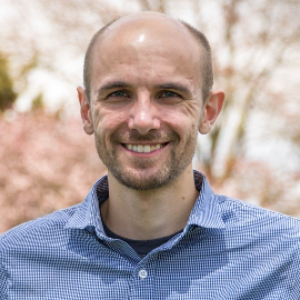

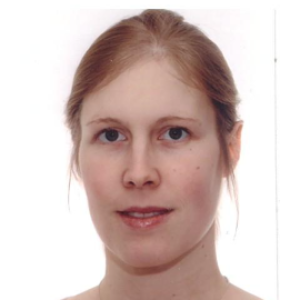

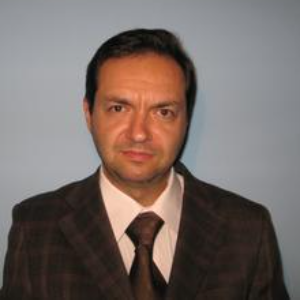
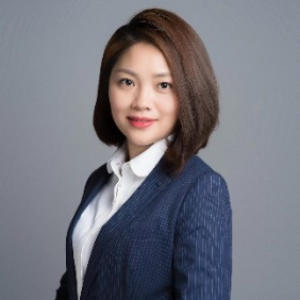

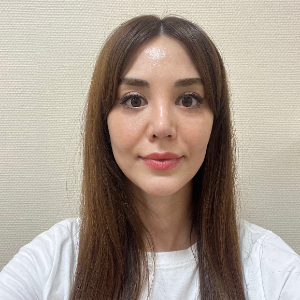


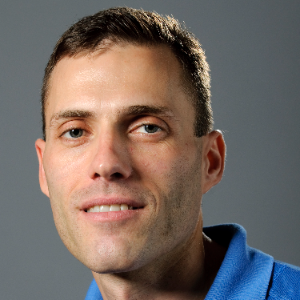

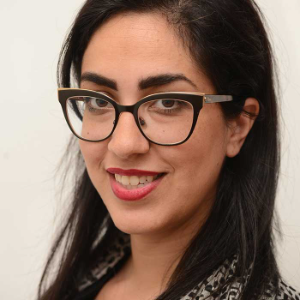




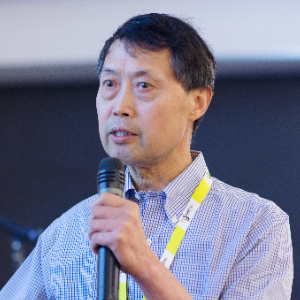
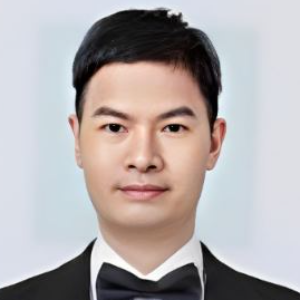

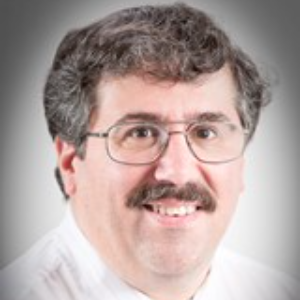




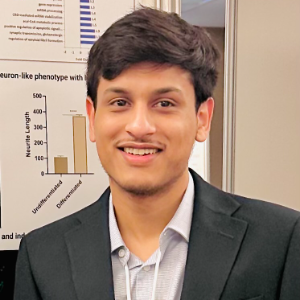

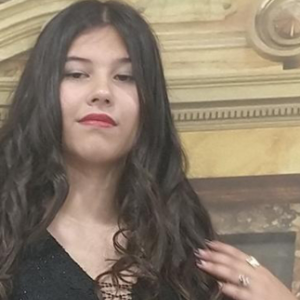
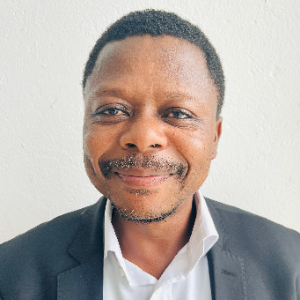
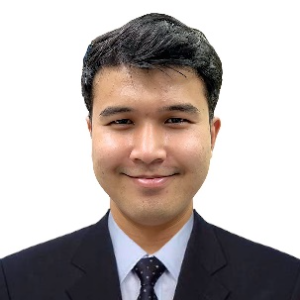
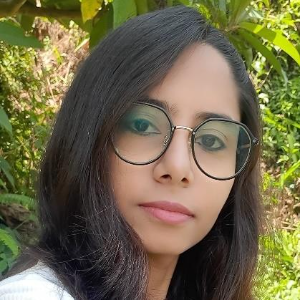
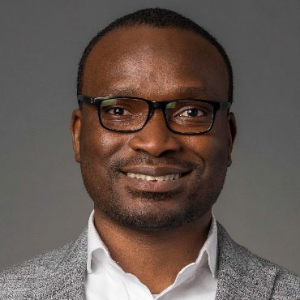
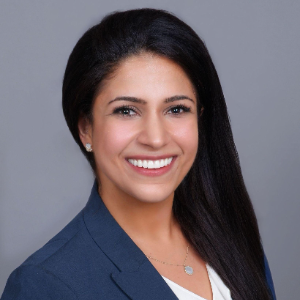

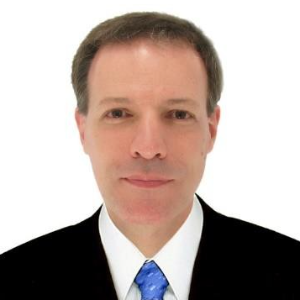
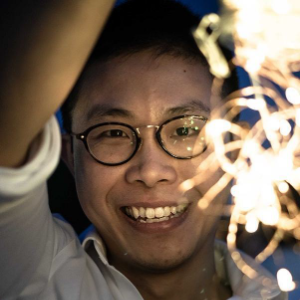


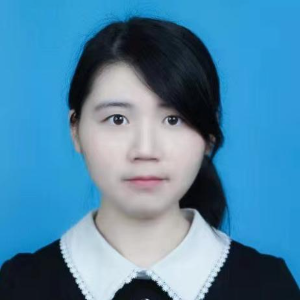
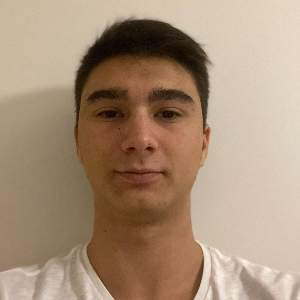




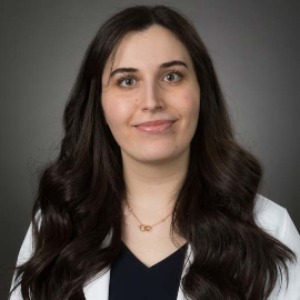
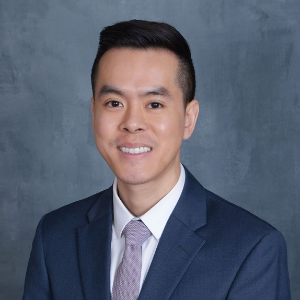
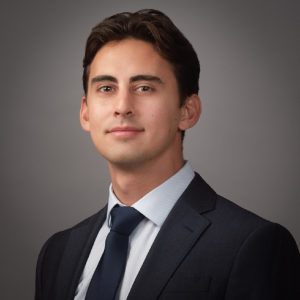


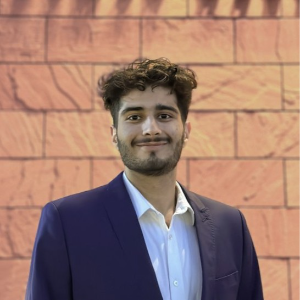
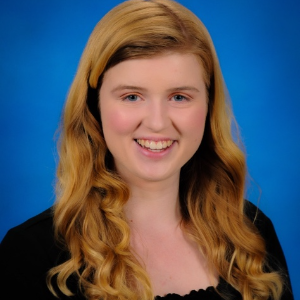
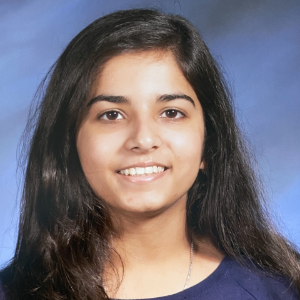







Title : Use of MRI-navigated Transcranial Pulse Stimulation (TPS) as an alternative treatment for alzheimer’s disease and other psychiatric diseases
Ulrich Sprick, Alexius/Josef Clinic, Germany
Dementia is still one of the most common serious psychiatric disorders in old age. A dementia of the Alzheimer's type is still considered to be a progressive irreversible disease which cannot be treated causally. However, in the meantime it has been shown that novel non-invas [....] » Read More
Title : Introducing 4D printing for stem cell delivery to and function in the brain: Improving viability, differentiation, and brain function
Thomas J Webster, Brown University, United States
Stem cells have not provided the universal, effective solution to neurological diseases that they were once thought to provide. In particular, maintaining stem cell viability during and after implantation into the brain has proved problematic. The use of enzymes (such as trypsin) [....] » Read More
Title : Finding anatomical relations between brain regions using AI/ML techniques and the ALLEN NLP API
Bharath Kumar Nagaraj, Revature LLC, United States
Introduction The brain is a complex organ with a vast network of interconnected neurons. These connections allow different brain regions to communicate with each other, which is essential for many cognitive functions. However, the anatomical relationships between brain regions [....] » Read More
Title : Finding anatomical relations between brain regions using AI/ML techniques and the ALLEN NLP API
Naveen Kunchakuri, EchoStar Corporation, United States
Introduction The brain is a complex organ with a vast network of interconnected neurons. These connections allow different brain regions to communicate with each other, which is essential for many cognitive functions. However, the anatomical relationships between brain regions [....] » Read More
Title : Combatting “Neurophobia”: A proposed educational model to promote “Neurophilia”
Richard I. Suarez, Florida International University, United States
When we reflect on medical education as a whole, novelty in structure and content promotes growth and enhances student outcomes. The teaching of neurology is no different and presents a more unique hurdle in its instruction considering the well-described phenomenon of “neur [....] » Read More
Title : A cost utility analysis comparing endovascular coiling to neurosurgical clipping in the treatment of aneurysmal subarachnoid haemorrhage
Alexis Tang, University of Edinburgh, United Kingdom
Endovascular coiling (EC) has been identified in systematic reviews and meta-analyses to produce more favourable clinical outcomes in comparison to neurosurgical clipping (NC) when surgically treating a subarachnoid haemorrhage from a ruptured aneurysm. Cost-effectiveness analyse [....] » Read More
Title : Astrocytes have neuroimmunological function in the stab wound mouse brain
Hiroko Ikeshima Kataoka, Kieo University, Japan
Background: Some glial cells such as astrocytes and microglial cells activated when the traumatic injury occurred to the brain. After the stab wound to the mouse brain, those glial cells proliferate and secrete some of the inflammatory cytokines, however the functional role of th [....] » Read More
Title : Oxygen extraction fraction: Review on different computational methods based on mGRE sequences and clinical manifestations
Farsana F J, Digital University Kerala, India
Oxygen extraction fraction (OEF) is a physiological biomarker reflecting the percentage of oxygen extracted from the blood supply, which is directly associated with cerebral oxygen metabolism. It can also provide information about the relative deficiencies in cerebral blood suppl [....] » Read More
Title : Optimal duration for recording pediatric EEG: An observational study
Arvinder, AIIMS, New Delhi, India
Objective To evaluate optimal duration for recording pediatric EEG in outpatient settings for children and adolescents aged 1month-18years. Methods Setting: Outpatient EEG Laboratory at Department of Pediatrics at a tertiary care teaching centre in north India. Exclusion cr [....] » Read More
Title : Systematic review on the role of the glymphatic system in sleep-related disorders
Sagarika Gopalkrishnan, Einstein Medical Centre, United States
Objective: The aim of the study is to assess the implication of dysfunction in the glymphatic system in patients suffering from sleep-related disorders. The secondary aim is to understand the association between the glymphatic system and cognitive decline in patients with sleep- [....] » Read More
Title : Artificial intelligence / Machine Learning (AI/ML) has the potential to predict the risk for stroke, days before the symptoms appear
Raj Gopalan, BSRM Consulting, United States
Background There are 12 million new stroke occurrences every year. 100 million people are living with stroke aftermath worldwide. $900 million are spent on stroke every year. 85% of strokes have no warning signs. 2 million neurons are lost every minute after stroke. If the tre [....] » Read More
Title : Addressing education and medication adherence for stroke survivors
Mikaela Atkins, Arizona State University, United States
At one of the largest hospitals in Arizona, who care for individuals suffering from neurological diseases and houses a Joint Commission Comprehensive Stroke Center, the Comprehensive Stroke Program Quality Team has been working in conjunction with an Arizona State University Doct [....] » Read More
Title : Estrogen Receptor Alpha (ER?) signaling in dendritic cells modulates autoimmune encephalomyelitis disease phenotype in mice
Shehata Anwar, University of Illinois at Urbana Champaign, United States
Estrogen is a disease-modifying factor in multiple sclerosis (MS), and its animal model, the experimental autoimmune encephalomyelitis (EAE), via estrogen receptor alpha (ERα). However, the mechanisms by which ERα signaling contributes to changes in disease pathogenes [....] » Read More
Title : Mechanisms of T cell-mediated brain neuronal damage in murine cryptococcus-associated iris
Jinyan Zhou, University of Illinois at Urbana Champaign, United States
Cryptococcus-associated immune reconstitution inflammatory syndrome (C-IRIS) is a condition that frequently occurs in immunocompromised patients infected with Cryptococcus neoformans (Cn), whose immune systems become overreactive upon reconstitution. Patients contracted with C-IR [....] » Read More
Title : CCR5-mediated T Cell infiltration into the brain triggers pulmonary dysfunction in murine cryptococcus-associated IRIS
Makoto Inoue, University of Illinois at Urbana-Champaign, United States
Cryptococcus-associated immune reconstitution inflammatory syndrome (C-IRIS) is identified upon immune reconstitution in immunocompromised patients who have previously contracted an infection of Cryptococcus neoformans (Cn). C-IRIS can be lethal, but how the immune system t [....] » Read More
Title : Neuro-exergaming for parkinson’s: Clinic-observed trend of cognitive improvement after pedal-n-play with the interactive Physical and Cognitive Exercise System (iPACES)
Cay Anderson-Hanley, Union College & iPACES, United States
Given that approximately 40% of Parkinson’s patients may meet criteria for mild cognitive impairment (MCI) and 80% may progress to dementia (Kenney et al., 2022), researchers have pursued interventions that might stave off or ameliorate neuropsychological decline. Numerous [....] » Read More
Title : Prunus domestica L. extract diminishes deteriorations of memory and hippocampal neurogenesis in D-gal-induced aging in a rat model
Jariya Umka Welbat, Khon Kaen University, Thailand
Memory loss is the most common symptom found in aging. Studies of brain aging have revealed upregulation of the reactive oxygen species levels, which induce oxidative stress, neuronal damage, and neuronal apoptosis linked to memory decline. In animal studies, Dgalactose (D-gal) c [....] » Read More
Title : Post covid headache, in 510 cases presented in emergency department on regional hospital durres, albania in period november 2020 –november 2022
Edlira Shemsi (Harizi), Regional Hospital Durres, Albania
SARSCoV2 the virus responsible for the COVID19 pandemic had not only respiratory symptoms,butalso neurological symptoms, and headache is a frequent complaint.Pathophysiologyof headache in the context of COVID 19 has some mechanisms that can be involved in persistence of headache [....] » Read More
Title : The neuroprotective properties of rosmarinic acid against cognitive impairments and hippocampal neurogenesis caused by L-methionine in adult rats
Apiwat Sirichoat, Khon Kaen University, Thailand
L-methionine (L-met) is one of the nine essential amino acids. A high dose of supplementary methionine administration over a long period can promote oxidative stress due to increasing base levels of metabolites, such as homocysteine (Hcy). Homocysteine contributes to neuronal cel [....] » Read More
Title : Chronic subdural hematoma drainage under local vs. General anesthesia: Systematic review and meta-analysis
Amy Zhou, University of Saskatchewan, Canada
Introduction Chronic subdural hematoma (cSDH) is one of the most encountered conditions seen in neurosurgery. Although mainstay treatment of cSDH has been burr hole drainage, no consensus yet exists on optimal anesthesia technique for surgical treatment. Currently, the decision t [....] » Read More
Title : Behind the symptoms: Decoding moyamoya disease in an adult female
Dominique Hayduk Montecino, Lakeland Regional Health, United States
Background: We report a case of a middle-aged woman admitted due to near syncope who presented with transient neurological symptoms for months, but had an unremarkable initial neurological examination in the emergency room. Subsequent advanced imaging unveiled a diagnosis of Mo [....] » Read More
Title : Center of pressure oscillations reveal the potential factors of loss of automaticity in older adults
Alexander Guo, Boise State University, United States
Falls are a significant global health issue for older adults. Most falls among older adults occur during dual-task activities. This could be attributed to the reduced automaticity in postural control among older adults. Identifying potential factors contributing to the loss of au [....] » Read More
Title : Familial CJD in three generations.
Neetika Sharma, PGIMER, India
59 yrs old male presented with 11 months history of ataxia followed by 3 months history of bilateral hand action tremors. 9 month into illness he started to have cognitive decline followed by myoclonic jerks . He also had fragmented sleep with decreased total sleep duration. He h [....] » Read More
Title : Mild carotid stenosis creates gradual, progressive, lifelong brain and eye damage: An experimental laboratory rat model
Arieh Sorin Solomon, Tel Aviv University, Israel
In humans, carotid stenosis of 70% and above might be the cause of clinical symptoms such as transient ischemic attack and stroke. No clinical or animal studies have evaluated mild carotid occlusion, and few examined unilateral occlusion. Here, Wistar rats underwent bilateral or [....] » Read More
Title : Cerebrospinal fluid microRNAs as potential biomarkers in alzheimer’s disease
Ghaith Adi, Alfaisal University, Saudi Arabia
Alzheimer’s disease (AD) is the leading form of dementia worldwide, but its early detection and diagnosis remain a challenge. MicroRNAs (miRNAs) are a group of small endogenous RNA molecules that regulate mRNA expression. Recent evidence suggests miRNAs play an important ro [....] » Read More
Title : Non-invasive brain stimulation by transcranial pulse stimulation as a coadjunctive treatment in alzheimer's disease
Gilson Tanaka Shinzato, University of Sao Paulo, Brazil
The study protocol describes a randomized, double-blind, sham-controlled clinical trial conducted by the Institute of Psychiatry (IPq) and the Institute of Physical Medicine and Rehabilitation (IMREA) at the Hospital das Clinicas, Faculty of Medicine, University of São Pau [....] » Read More
Title : Transcranial pulse stimulation in neurological rehabilitation: Exploring potential benefits for stroke, parkinson's disease and brain trauma patients within a multiprofessional rehabilitation team
Leandro Heidy Yoshioka, University of Sao Paulo, Brazil
The initial phase of the research project exploring transcranial pulse stimulation (TPS) in individuals with stroke, Parkinson's disease, and brain trauma within the complex rehabilitation setting holds significant importance within the context of a multiprofessional rehabili [....] » Read More
Title : New perspectives for TPS treatment – long COVID and chronic pain syndromes / knee osteoarthritis
Marta Imamura, University of Sao Paulo, Brazil
This abstract presents two study protocols focused on the potential effectiveness of Transcranial Pulse Stimulation (TPS) in individuals with different health conditions: long COVID with cognitive impairment and chronic pain with knee osteoarthritis. The randomized, double-blind, [....] » Read More
Title : Transcranial Pulse Stimulation (TPS) – advancements, applications, and current status
Thi Lan Marina Freedman, STORZ Medical AG, Switzerland
Shock waves, single acoustic mechanical pulses utilized in medical treatments since 1980, have demonstrated therapeutic effects in localized tissue regions. Research indicates that shock waves stimulate mechanotransduction, triggering the release of Growth Factors (VEGF) and Nitr [....] » Read More
Title : Transcranial pulse stimulation of the brain – a new strategy of noninvasive treatment
Ulrich Sprick, Alexius/Josef Clinic, Germany
The treatment of various severe neurodegenerative diseases including Alzheimer’s Disease is a real challenge in clinical practice. A new method of brain stimulation using noninvasive Transcranial Pulse Stimulation (TPS) based on ultra-short shockwaves has recently become av [....] » Read More